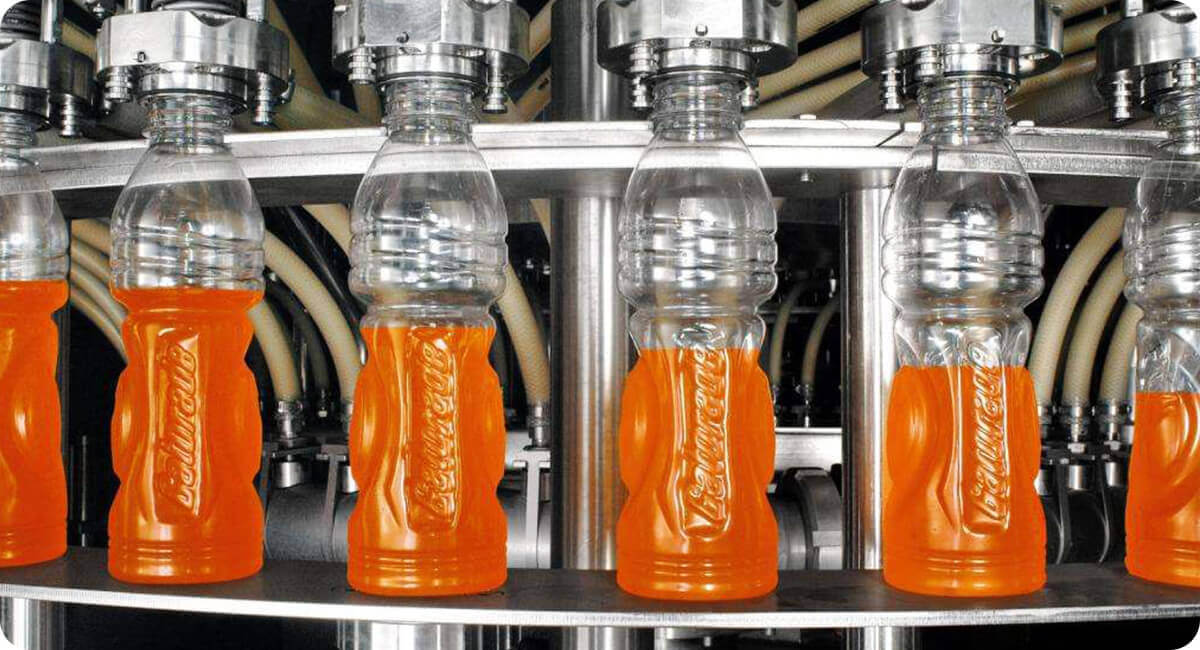Advanced Liquid Package Solution
The bottling process of juice is a multi-step operation that transforms freshly extracted fruit juice into a packaged product ready for market distribution. Among the most critical components of this process are juice filling machines, which enhance efficiency, consistency, and safety. This article will explore the entire juice bottling process, with a particular focus on how juice filling machines contribute to each stage.

The journey of juice bottling begins with selecting high-quality fruits. Proper preparation is vital, involving washing and possibly peeling the fruits to remove dirt and contaminants. Once cleaned, the fruits are ready for juice extraction.
After preparation, fruits are processed using industrial juicers or presses to extract the juice. Various methods such as hydraulic pressing or centrifugal juicing may be employed, depending on the desired texture and flavor profile.
Once extracted, the juice undergoes filtration to remove pulp, seeds, and other solid byproducts. This process may involve using strainers or centrifuges, ensuring a smooth and palatable final product.
To eliminate potential pathogens and prolong shelf life, juice must undergo pasteurization. This process heats the juice to a specific temperature for a designated time before rapidly cooling it. This is where modern juice filling machines play an indirect role; many of them can integrate seamlessly with pasteurization systems, preparing the juice for filling.
Before bottling, the juice is subjected to rigorous quality control checks. These involve testing for taste, color, acidity, and microbiological safety. It's critical to ensure that any juice that enters the bottling phase meets the highest standards.
This is where juice filling machines come into the spotlight. After quality checks, the juice is transferred to the filling machines for bottling. Here’s how they operate:
Filling Technology: Juice filling machines utilize various filling technologies, including volumetric, gravity, and pressure filling methods, designed for different types of juices.
Precision Filling: Advanced filling machines ensure accurate filling volumes, minimizing overfilling and spillage, which aids in cost efficiency.
Speed and Efficiency: Modern juice filling machines are designed for high-speed operations. They can process hundreds to thousands of bottles per hour, optimizing production timelines significantly.
Automation and Control: Many juice filling machines are equipped with PLC
and touch-screen interfaces for easy monitoring and control. This allows operators to set parameters, monitor performance, and address concerns in real-time.
After filling, the next step is sealing the bottles with caps or lids. Juice filling machines often come with integrated capping systems to ensure that each bottle is securely sealed, preventing contamination and ensuring freshness.
Once the bottles are sealed, they move through automatic labeling machines that apply labels, providing essential product information, branding, and ingredient listings. This automation is crucial for maintaining a streamlined workflow and ensuring that labeling requirements are met without delays.
After the labeling process, a secondary quality control check is performed. This step ensures that the filled and labeled bottles are free from defects, properly sealed, and consistent with quality standards.
Finally, the packaged juice is arranged into cases or pallets, ready for shipping to distributors and retailers. Juice filling machines often include integrated packing systems, making it easier to transition from bottling to storage or shipping.
The juice bottling process continues to evolve with innovations in filling technology:
Aseptic Filling Technology: This ensures the juice is filled into sterilized containers in a sterile environment, significantly extending shelf life without preservatives.
Smart Features: Modern machines may incorporate IoT technology, allowing for real-time monitoring and diagnostics to optimize production efficiency.
Sustainability: Many manufacturers are focusing on eco-friendly solutions, such as using biodegradable materials and reducing energy consumption.

In conclusion, the juice bottling process is a complex and intricately coordinated series of steps, with juice filling machines playing a pivotal role at its core. These machines not only enhance efficiency and consistency in filling operations but also contribute significantly to maintaining product quality and safety. As innovations continue to shape the industry, the future of juice bottling looks promising, poised for greater efficiency and sustainability in its operations. Investing in the right juice filling machines is essential for producers who aim to meet consumer demands while optimizing their production processes.

By continuing to use the site you agree to our privacy policy Terms and Conditions.